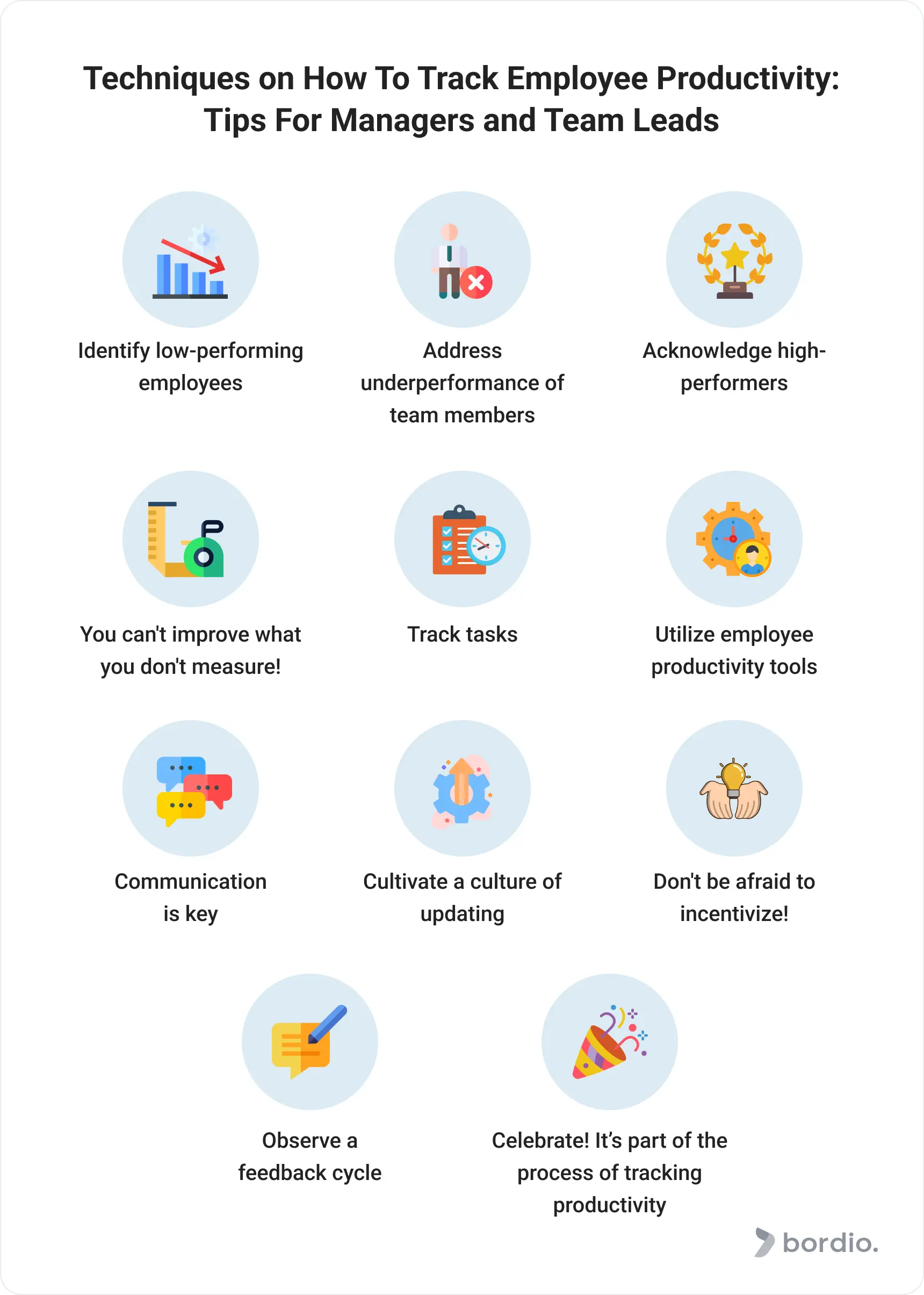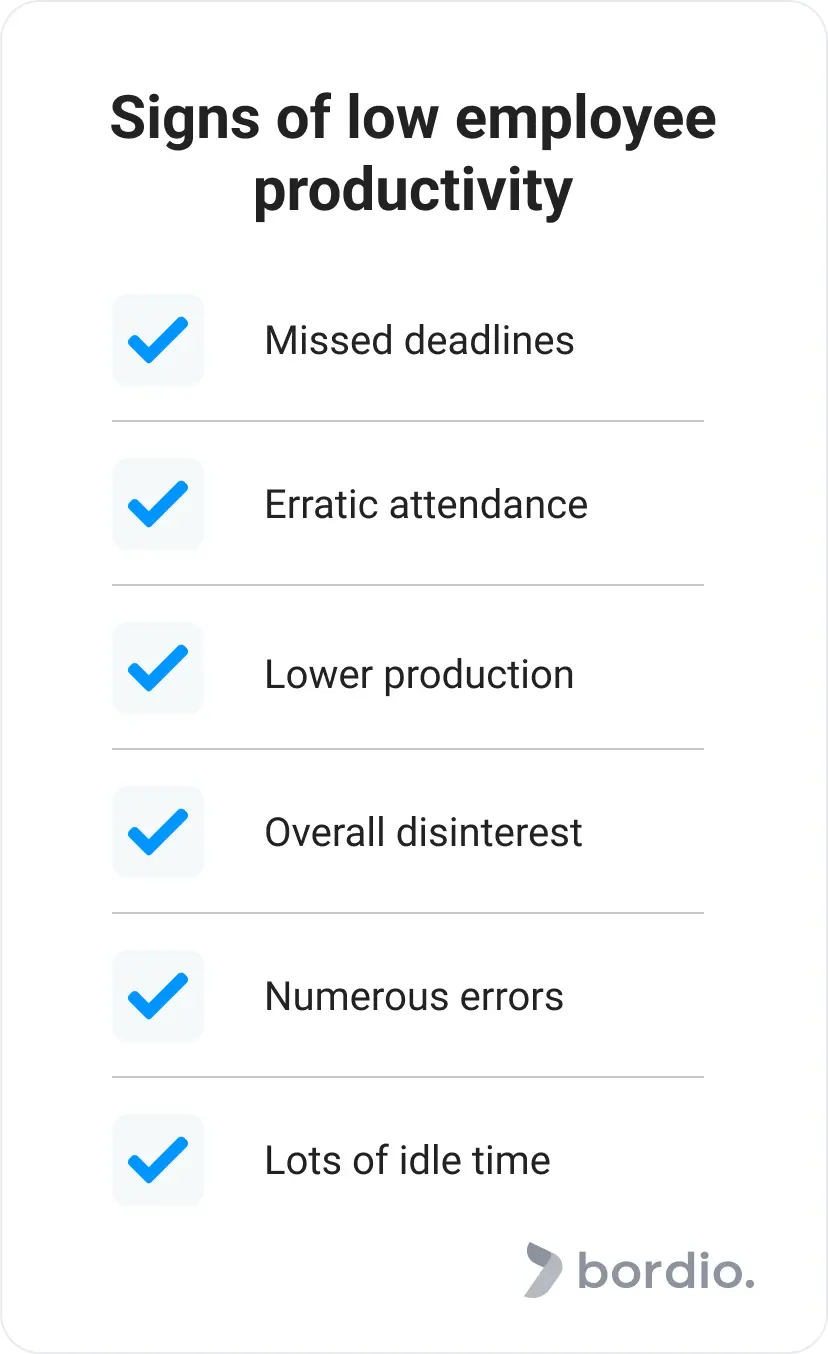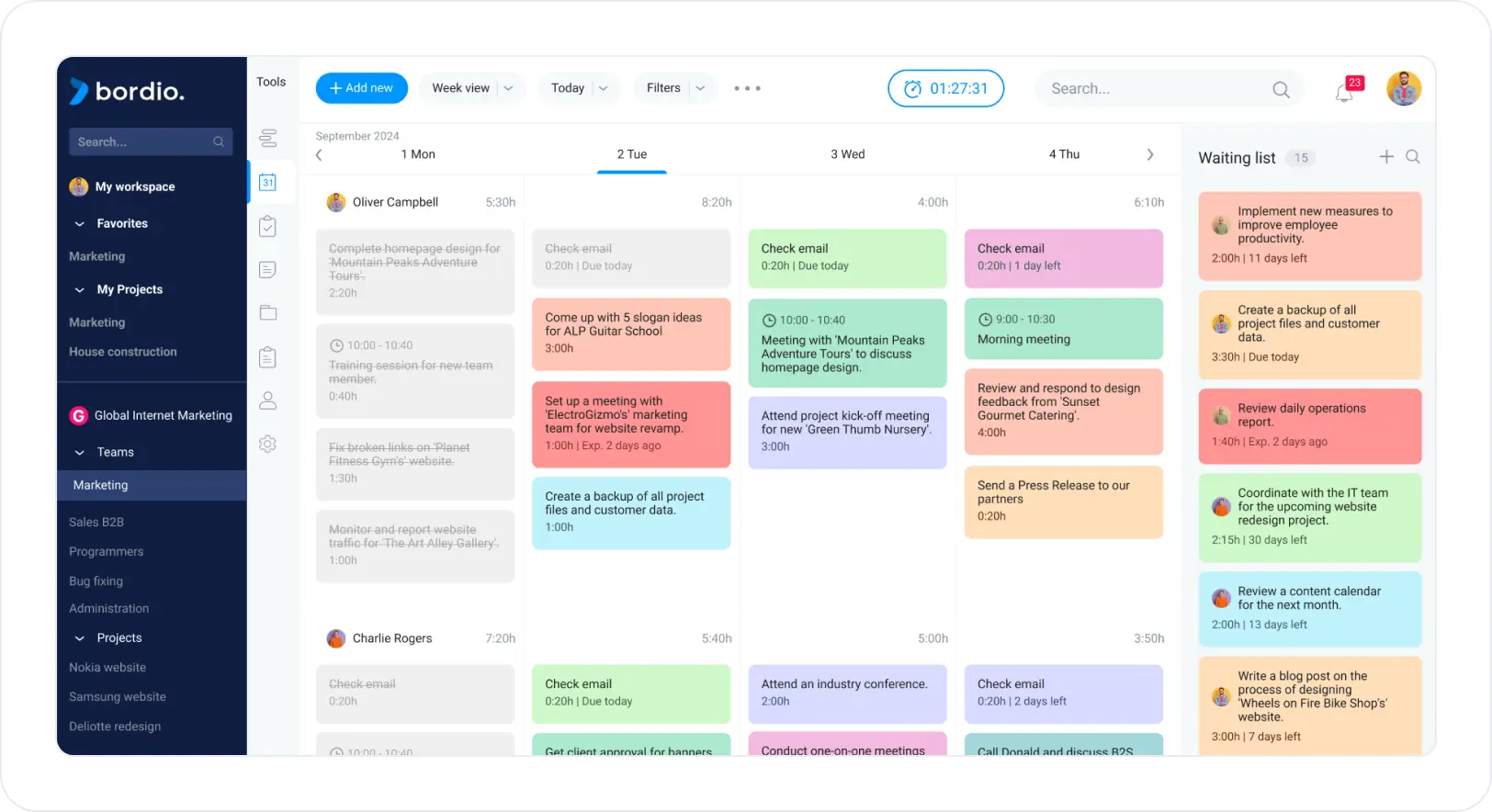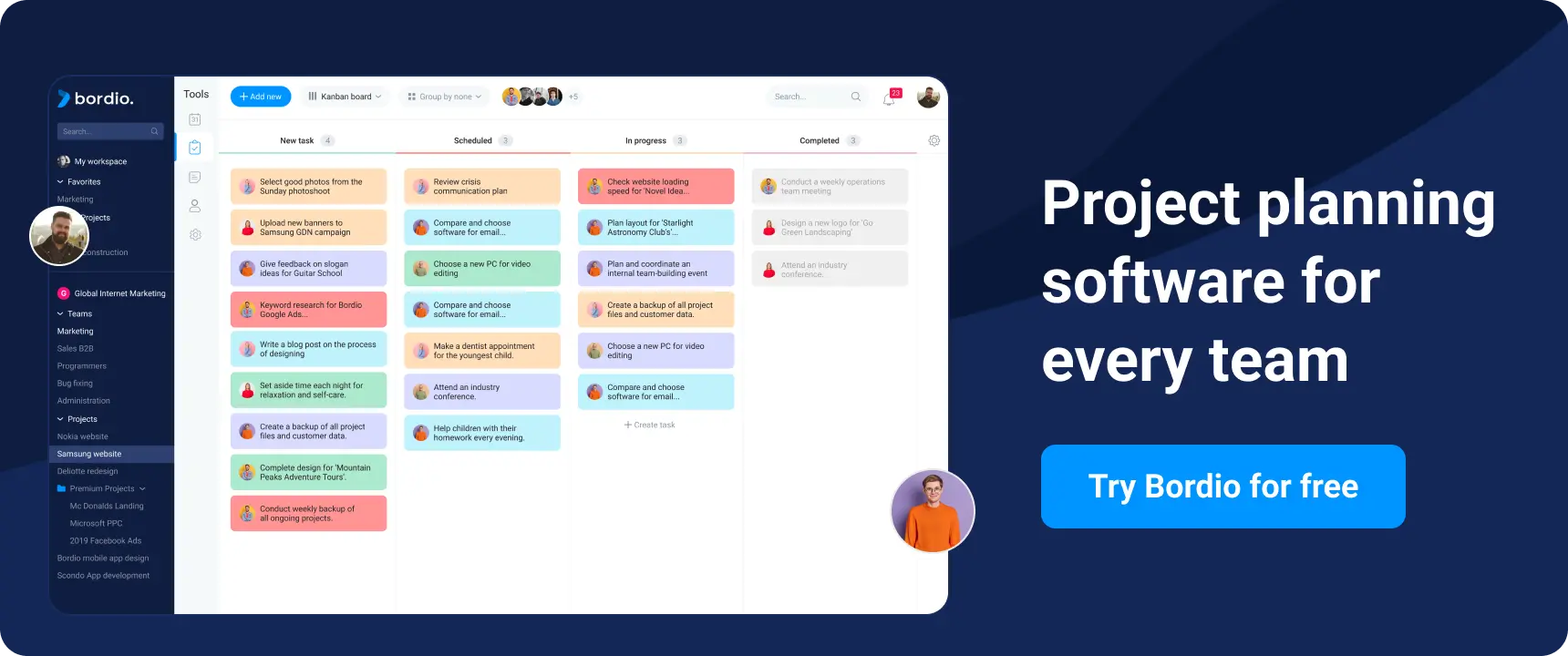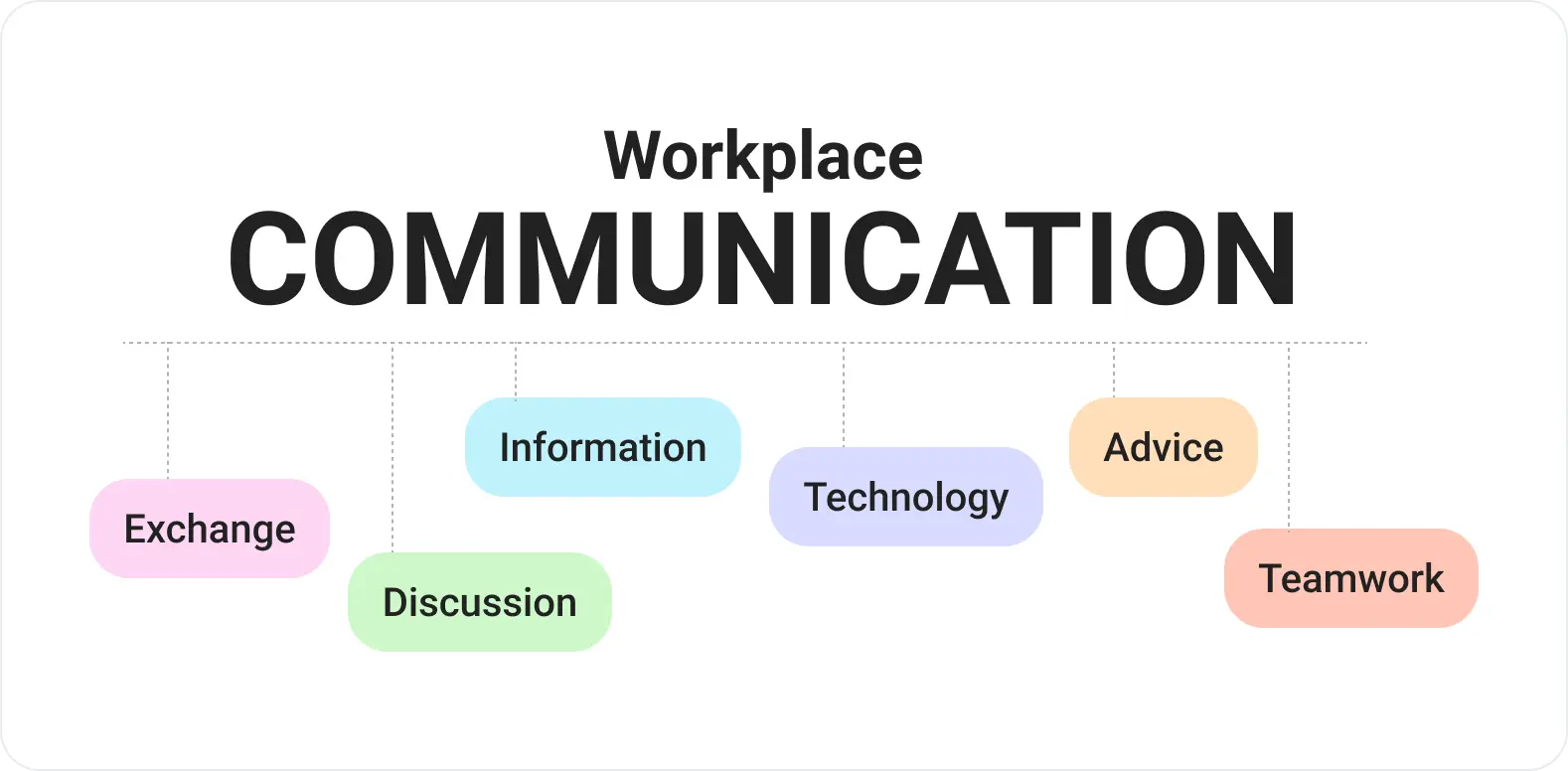What is employee productivity, and why do you think it is important to both employers and employees? Workforce output is the fulcrum of any successful company and is essential for businesses because higher employee productivity boosts revenue, customer satisfaction, and overall success. This brings us to our topic of monitoring employee productivity.
Understanding employee productivity and incorporating productivity monitoring helps leaders make decisions and plan ahead. Tracking employee productivity has always been critical, especially in the landscape of businesses, but all the more in this age where everything is fast-paced and highly competitive. Many employers are navigating the complexities of work in the office, including remote teams, and the need to effectively track employee productivity has become one of the top priorities.
This article helps you understand the importance of productivity monitoring by exploring various employee monitoring tools and techniques for both managers and employees. Incorporating productivity monitoring tools allows managers to maximize team output, accomplish company goals and objectives, and empower employees to track their own productivity.
Key reasons why monitoring employee productivity is crucial
Individual productivity tracking is essential for multiple reasons, although there is a widespread belief that the whole team’s productivity is enough. Team metrics may provide a broad overview of the team’s success, but they can also conceal challenges that team members experience individually.
Consider a scenario from the Sales Department: Two sales managers perform at radically different levels. With a lead closure rate of 60%, the first manager outperforms the second manager, who manages to close leads at 20%. The team’s 40% average conversion rate is respectable at first glance. On closer inspection, though, there are some notable differences in the team’s dynamics and efficiency.
This is where the importance of employee productivity tracking comes in. Employers can more properly identify strengths and weaknesses by closely examining and monitoring employee performance. Here, keeping the first manager in place and substituting a more capable one for the second should significantly improve team productivity as a whole. For example, bringing in a new manager with a moderate 40% closing rate can raise the team’s average conversion rate to a praiseworthy 50%.
Therefore, employee productivity tracking enables companies to identify areas for development and formulate strategic plans that propel productivity metrics. Although team measurements offer an overall picture, monitoring individual contributions allows for focused interventions that result in noticeable improvements and progress in performance.
Identify low-performing employees to monitor productivity
Identifying underperforming workers through employee monitoring software is essential to keeping the team functioning as a whole and accomplishing company goals. Early detection of the symptoms of low productivity can assist employers in taking fast action to resolve these problems before they have a detrimental effect on team output and organizational success.
Many businesses suffer huge losses when they don’t monitor their employees. Tracking productivity doesn’t necessarily mean that employers are micromanaging. Utilizing technology aids employers in informed decision-making and helps any worker showing low productivity levels.
Missed deadlines, erratic employee attendance, lower production, disinterest during meetings or work, numerous errors, lots of idle time, and persistently falling short of performance goals are all indicators of low productivity.
Strategies for addressing the underperformance of team members
It’s critical to implement plans to deal with underperforming employees as soon as they’ve been recognized. This may entail offering more training or resources to assist workers in enhancing their abilities and output. Employers can also help team members identify areas for growth and create strategies to address them by providing regular coaching and feedback.
Your employees can better manage their performance after laying down their work before them, and you can do that through the use of employee productivity tracking software.
Clear performance expectations and goals can help employees better grasp their expectations and receive a roadmap for improvement. Managers and employers may occasionally need to have difficult conversations with underperforming staff members to address performance issues and develop an improvement plan.
Ultimately, keeping a high-performing team and accomplishing organizational objectives depend on swiftly and effectively addressing underperformance.
Acknowledge high-performing employees
There are likely some superstars on your team, and it’s important to acknowledge their contribution. You can publicly thank them for their performance during the team meeting or any employee engagement activities and maybe give them a bonus.
First, it will motivate the high-performing employee to keep working hard. Second, the other employees will see that and realize that they can also become top performers and get these benefits if they work harder. Basically, it will improve and boost the motivation of the entire team.
You can’t improve what you don’t measure
There was an experiment. The team was given a task: moving a ball from one corner of the room to another, holding their hands. The first time, the team completed this task within 30 seconds. They were asked if they thought they could improve the result, and they said yes. The second time, they did it in 25 seconds. They were asked – if they think their result is good, and they said – Yes, it is.
After that, the team was told that Another team had completed this task within 7 seconds. Do you know what happened next? When the team heard about this result, they started to think about how they could outperform the other team, and eventually, they came up with a way to complete the task within 6 seconds.
The conclusion: When you start tracking something, you open an opportunity to improve it. At the same time, when you show people the results of others, you start the competition, which leads to better results.
Simple techniques on how to track and improve employee productivity
Productivity comes from the word “producere”, meaning to bring forth or produce. In its essence, productivity relates to the capability or efficiency of producing something, especially in terms of the amount of output generated relative to the input used.
So productivity is not about how many hours a person works; it’s about how much they accomplish during those hours.
Productivity tracking technique #1: Number of completed tasks
The easiest way to track employee productivity is to check how many tasks they completed (per day, per week, or per month). For example:
- How many banners did your designer produce?
- How many calls did your sales manager make?
- How many articles did your copywriter write?
- How many websites did your coder develop?
- How many parcels did your driver deliver?
We highly recommend implementing task management software in your team to track tasks. As you already know, you can’t improve what you don’t measure, so the number one thing is to start tracking those tasks.
The good thing is that you can find a no-fuss employee productivity tracking software that you can seamlessly incorporate as part of your tools in tracking your team’s overall performance. Take Bordio, for example. It’s an all-in-one app online that helps in effective time management, weekly planning, task tracking, and scheduling. Whether it’s for your organization or just a personal tool to use for your passion projects, one of its main strengths is you can register using a free account and start tinkering with it right away.
This productivity tracking method works fine when the tasks are similar. However, it fails when you have absolutely different tasks. For example, Feature development. You can’t track just the number of developed features because one feature can be quick and take only 2 days to develop, but another feature can be massive and require an entire month. In this case, exploring the next productivity tracking method is better.
Productivity tracking technique #2: Story points
This method is widely used in IT and software development but can actually be implemented by any team.
There’s no better way to simplify or make a task more easily digestible to your team than by using a simple analogy or story to visualize the problem at hand. Story points do just that by substituting your tasks with recognizable concepts, like BUS (big, uncertain, small), t-shirt sizes, and the Fibonacci sequence.
All of these methods estimate the level of difficulty of your task so that your employees can better prioritize and develop ways how to solve complex tasks with ease and efficiency. As people learn faster with visual cues, it takes away the burden of deciding what to prioritize or focus on and makes everything more streamlined and much clearer.
Using a task management platform such as Bordio, you can create a Custom field and name it “Story points” or “task difficulty” and then set the right number for every task. So, at the end of the day or week, you will check the number of completed Points, not just the number of tasks.
Utilize employee productivity tracking tools
It’s the digital age! There are multiple ways to monitor employees and boost productivity; software usage is almost always on top. Productivity tracking software – it’s everywhere!
Let’s explore some employee productivity-tracking tools that you can adopt (if you haven’t been using them already!)
- Time tracking software – If you notice that your team’s workload keeps piling up, they might be encountering management problems. You can introduce your employees to time-tracking software. Time-tracking technology helps employees and employers monitor active work on their computers.
- Project management software is another essential tool for managing complicated projects in the company and optimizing workflows. Some of these platforms frequently include a time tracking feature, tools like job delegation, progress monitoring, and deadline management that help teams remain focused and organized while working toward their objectives. Project management software can also aid any employer in improving team coordination and communication, especially in distant or remote work settings.
- User activity monitoring – This gives you a deeper level of insight than most basic time tracking tools, and beyond features like screenshots, it allows you to monitor the app usage of employees, and look at other analytics that can help with process improvement decisions.
Communication is vital in productivity monitoring
Open communication makes managing employees easier. Some employee productivity tracking tools feature communication tools, but we have compiled communication platforms that can greatly assist in monitoring your employees’ productivity.
Apart from incorporating work management software, you’ll be surprised to know that you can use many communication platforms, such as Slack, Microsoft Teams, or Zoom. They give you instant messaging, file sharing, and video conferencing capabilities, which lets you stay connected and engaged regardless of their physical location.
Conduct short phone calls to check in during work hours. Tracking your employees can also be done through simple phone calls. Simple phone calls may be overwhelming for other people who don’t like the idea of answering calls. But if you work in a remote setup, it can be a great way to connect more with your employees and get to know them even better.
These platforms promote seamless communication and collaboration, helping to propagate a sense of unity and cohesion among team members and driving productivity and innovation. You can also develop relationships with your team members and establish better rapport.
Tips for managers when tracking employee productivity
We always recommend using productivity monitoring software to assist you in employee monitoring. They may come in various forms, such as time management tools and employee monitoring software.
Cultivate a culture of updating to make employee monitoring easy for everyone.
Leave words of encouragement or send motivational words to each other even while simply updating regarding a task. It’s good to see that while you are monitoring the team, you are also leaving love notes to each other that may comfort and inspire. You’ll never know what kind of impact these positive comments may have on your team!
Remember, your employees are crucial to your organization’s overall success. They are the cogs in your wheel that make your workplace an efficient machine. That’s why an uncomplicated process of updating your team ensures that everything is well accounted for, regardless of the types of tools or software your employees may have in their arsenal.
Don’t be afraid to incentivize
We must be honest: Employees also find eagerness and enthusiasm at work whenever their tasks are incentivized, and there is nothing to be ashamed of! We are humans, after all. It is human nature to seek recognition for something you have worked hard for.
It can be challenging for workers to stay motivated to continue producing work when they do not receive feedback, especially when they are doing repetitive activities. Just as in other communication-based interactions, it’s critical that staff members are able to offer feedback. This accomplishes two crucial goals.
There are various ways to recognize your most hardworking employees. That’s why it is always good to track employee activities for productivity analysis of your diligent staff to monitor and measure who has gone the extra mile for the company.
- Monetary bonuses
- Public recognition
- Fun gifts
- Health and wellness
- Choice of projects
Observe a feedback cycle to improve productivity
Enhancing employee productivity can also be achieved by ensuring that teams and individuals receive feedback and have the chance to offer their own. It is easier for people to make the necessary modifications when they know and can track whether their work meets, surpasses, or falls short of expectations. This allows them to continue moving toward milestones.
Celebrate! It’s part of the process of tracking productivity
You know, employee monitoring doesn’t always have to be a daunting task. Tracking productivity can also be fun, especially when focusing on your accomplishments. It’s also another way to reward their hard work and contributions for the betterment of your workplace.
Most human resources incorporate celebration as a means to reinforce positive behavior. Think of it as a way to track their performance and milestones. It’s also a reason for your employees to engage in these productive behaviors regularly, whether in office or remote settings.
Celebration also encourages a culture of success in the workplace. It perpetuates the message that as an employer, you not only manage your overall workforce productivity but also instill in your employees that achieving goals and surpassing set targets at work is worthy of recognition, motivating them to aim higher and strive to improve.
Final thoughts on employee productivity tracking
Employee monitoring, in general, may seem like a difficult job. But productivity tracking will be your best friend in managing your team members, boosting employee engagement, and helping improve the progress of your co-workers. Remote employee monitoring and monitoring of employees in the office—they’re just the same! At the end of the day, it’s not about micromanaging or breathing behind your team’s necks, but it’s about having each other’s backs and growing together as a team.
We hope our article has provided insights into some of the techniques for tracking employee productivity and its relevance in the fast-paced corporate world. Feel free to check our other posts about project management and employee productivity tracking software to learn more!

